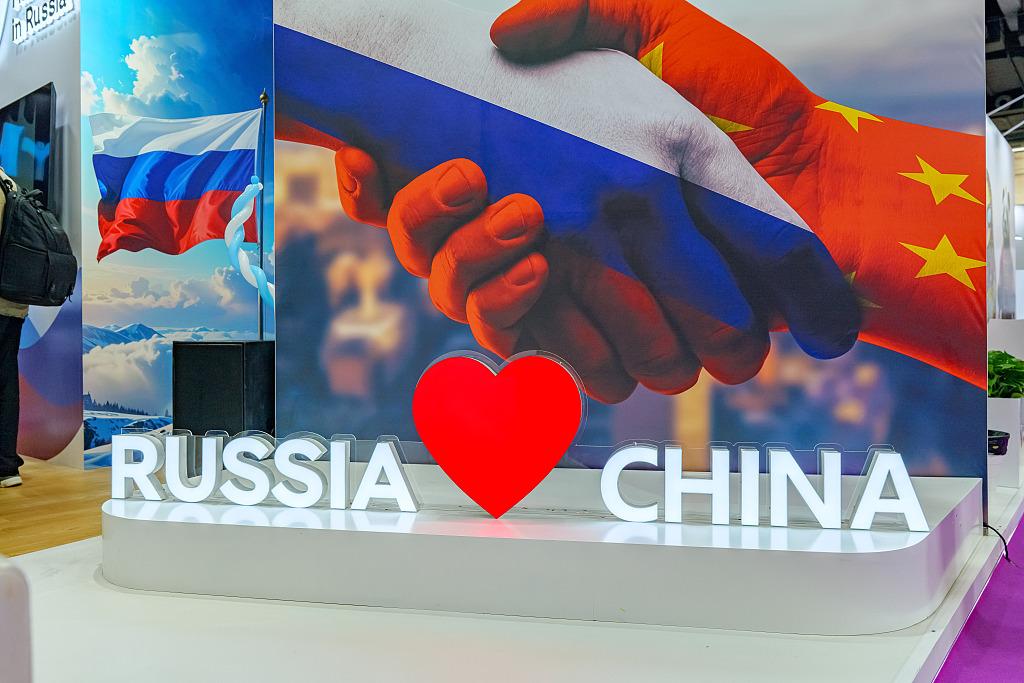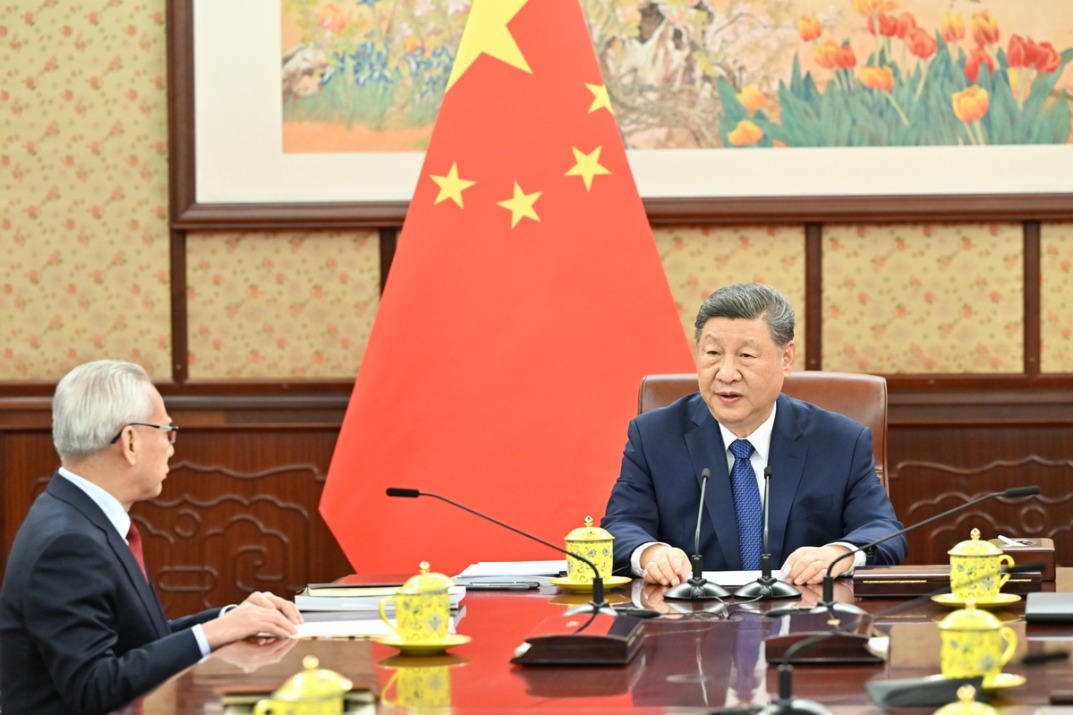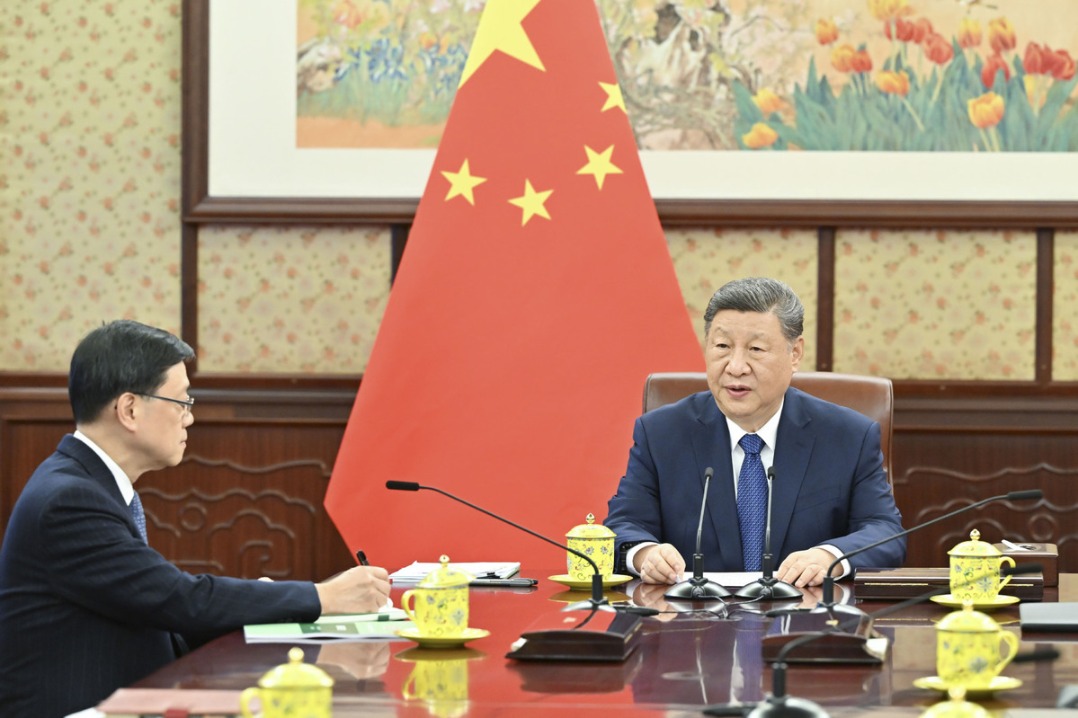Redesigning hanfu in the post-2000 era
China Daily | Updated: 2024-09-03 09:04

JINAN — At a hanfu or traditional Chinese dress workshop in Caoxian county, East China's Shandong province, dressmakers are cutting creamy white silk and sewing a dress with golden silk thread.
Li Zhen, who runs the company, said that traditional hanfu are mostly long dresses, making summer the offseason for buying them. However, the company has designed shorter versions this summer, featuring half-skirts and midi skirts, to meet the needs of customers during the warm weather.
"We consulted with the designers online, and the designs of our products were adjusted several times to our satisfaction," Li said.
As a small county famous for e-commerce and hanfu, Caoxian is actively exploring new consumer trends to turn summer from off — season into peak season.
The willingness of consumers to buy speaks for itself. In the exhibition hall of Youai Yuncang, a hanfu center, a simple and elegant dress attracts much attention. "This is our new product for the season, but it doesn't have a name, because it sold out as soon as it hit the shelf," said Li Zilei, head of the center, adding that the dress is made of acetate imitation fabric. Compared with the traditional horse-faced skirt, it has no folds, and is thinner and more of a drape, suitable as daily wear for female consumers of all ages.
"I like to wear a horse-faced skirt like this with light fabrics in summer. It's cool and beautiful," said Hu Xinyue, a hanfu fan.
With the increasing exposure of traditional Chinese clothing such as hanfu and the horse-faced skirts, the neo-Chinese style, a mixture of classical attire and everyday clothes, has become a fashionable item for today's young generation.
During the graduation season this year, Gao Yanjun, who runs a hanfu business, worked with a number of universities to integrate elements of hanfu and school characteristics into the uniforms of students.
"I like traditional Chinese culture," said Xu Qian from Shanghai. "The neo-Chinese style clothing features traditional Chinese cultural attributes and is suitable for daily wear. When I visit historical and cultural tourist attractions with it on and take photos, I feel I'm a protagonist in a beautiful painting."
Kong Fanxing, director of the culture and tourism department of Caoxian, believes that the young generation will provide the impetus for the development of hanfu and traditional culture, and thus form a virtuous circle of sustainable development.
Hanfu designers of the post-00s generation are injecting vitality into the industry. Zhang Zichen, a new graduate majoring in fashion design, participated in a hanfu experience activity last October and was attracted by traditional Chinese culture. She decided to return to her hometown to design hanfu. She has successfully signed a contract with a company.
"The summer fashion boom is a testament to market approval of us, designers of the post-00s generation," she said.
According to data from e-commerce platforms, 1,200 of the top 2,000 online hanfu stores in China are from Caoxian. At present, nearly 100,000 people are participating in the business.
The entire process, from dyeing and cutting to sewing the clothes can be completed here within 5 kilometers, forming a complete industrial chain and brand incubation system.
Xinhua
























